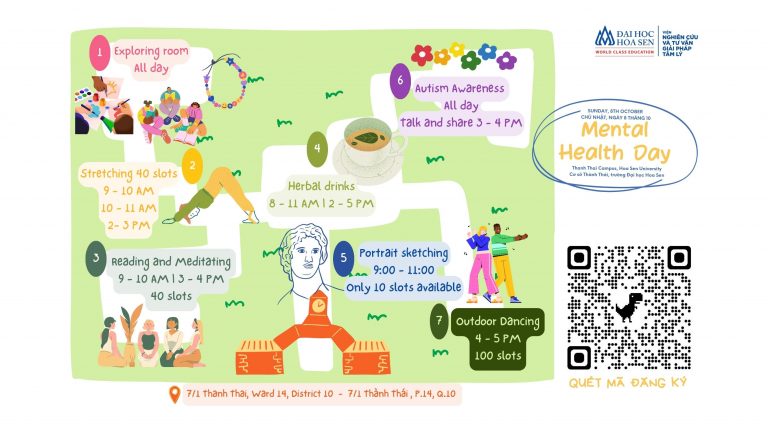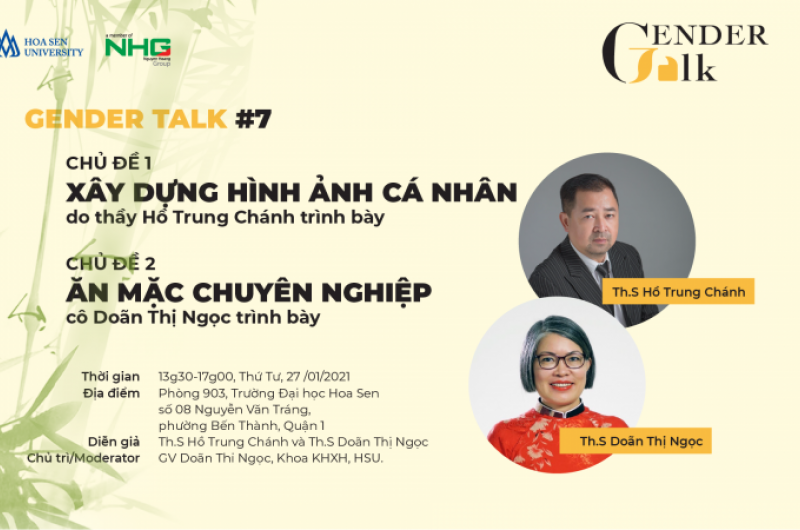Rows of toy displays not only teach children about gender stereotypes but much more
March 15, 2022
Author: Ph.D. Beatrice Alba -Lecturer- La Trobe University
Translator/Translator: Doan Thi Ngoc – Teacher-Lecturer, Hoa Sen University (HSU)

FAMILY CHANGES: In this ten-episode series, we’ll look at some of the big changes in families and relationships, and how they could reshape laws, policies, and ideas. our ideas about ourselves.
Children are born into a world of pink or blue. If we walk down the toy aisles of department stores, we see clear gender divisions: princesses and dolls for girls, superheroes and vehicles for boys.
Does this simply reflect the different preferences of boys and girls? Or are toy manufacturers imposing gender stereotypes on children?
Marketing toys as “for girls” or “for boys” has drawn criticism from initiatives such as the No Gender December campaign – which advocates for more gender-neutral toy choices. Opponents of the campaign included the prime minister at the time, Tony Abbott, who responded by saying: “ Let boys be boys, let girls be girls.”
And there is some evidence that boys and girls come into the world with different interests and preferences. For example, newborn girls showed more preference for looking at faces, and newborn boys showed more preference for looking at cell phones. From the time they are infants, boys demonstrate more physical activity than girls.
Gender differences in play are not limited to human research. A study of vervet monkeys found that, compared to females, males spent more time playing with toys such as a police car and a ball. On the other hand, female monkeys spent more time playing with a doll and a cooking pot. Similar to what we see in humans, some studies have found no gender differences in the amount of time spent playing with a picture book and a stuffed dog.
Thus, research seems to point to innate differences between girls and boys in the influence of preferences for specific types of toys. And so, toy manufacturers have marketed toys to either girls or boys to simply satisfy these preferences.
THE ETHICS OF GENDERED TOY MARKETING
In a newly published paper, Cordelia Fine and Emma Rush argue that gender differences in toy preferences are MISREPRESENTED in gendered toy marketing. The authors claim that gendered toy preferences are presented in different categories, when, in reality, the issue is more of a degree.
Fine and Rush‘s review of the evidence that the toy preferences of children under three years old shows a greater degree of overlap. For example, research showing that newborn girls prefer to look at faces and newborn boys prefer to look at mobile devices showed an average difference in looking time of less than 10%.
Furthermore, Fine and Rush suggest that LABELING the gender of a toy will influence the extent to which girls or boys are interested in gender-neutral toys. Therefore, gender-specific toy marketing may widen the preference gap between girls and boys.
Fine and Rush argue that gendered toy marketing perpetuates beliefs about which interests or activities are appropriate for girls or boys. Toys marketed to girls may reinforce a focus on appearance, and toys marketed to boys may also reinforce a preference for violence. Gendering toys can also have a negative impact if the toy is marketed for one gender or the other and this has little educational benefit.
Whether or not gender differences in toy preferences are innate, the reinforcement and exaggeration of gender differences, as well as the imposition of gender stereotypes on children, is a problem very difficult. Parents with such concerns for their children should not ignore gender stereotypes that may affect their children differently.
NOT JUST CHILDREN’S PLAY
Children quickly internalize standards and expectations. They gather information about gender roles from sources other than the toys they are encouraged or discouraged to play with.
Adults can reinforce gender stereotypes in children through traditional gender norms that are visible to them. For example, when getting MARRIED: usually a man proposes to a woman by giving an engagement ring. Traditionally, this happened after he asked permission from the woman’s father. At the wedding, the father walks the veiled bride down the aisle and hands her to her husband.
She changed her last name to her husband’s, and the children also took their father’s name. The bride, if she chooses, will change from Miss to Mrs.
The entire wedding is considered a woman’s “special day.” It’s her chance to relive her ultimate princess image, for which Disney may have provided some inspiration.
Like toys, the customs that adults tell or unintentionally transmit to children in daily life all have something to do with gender. At least, the above has been reinforcing the existence of different gender roles between men and women. At worst, they convey a message of inequality between men and women. These continue to reinforce masculine stereotypes of dominance, power, and autonomy, and feminine stereotypes of subordination, passivity, and dependence. These messages can influence children’s developing ideas about gender and their roles and status in society.
The point here is that there should be no blame or moral condemnation on parents, who may unintentionally be reinforcing or reinforcing gender stereotypes through marital traditions. But for toy companies to exploit gender stereotypes for profit, this is an ethical issue that involves potential harm to individuals who choose to follow the traditions. specific wedding.
But if we’re worried about gender stereotypes being reinforced in the toy aisles, we should be concerned about this in other, broader areas. It’s that we need to think more deeply and broadly about how these stereotypes are reinforced as we grow up. Anyone concerned about the impact of gender stereotypes on children should be ready to seriously consider their potential impact in any context in life.
Of course, there will be those who might respond to the dismissal of marriage traditions by protesting that it is not a big deal. Wedding traditions are very romantic, and who can deny a girl’s dream of becoming a princess for a day? Or as Abbott said above, “ Let men be men, let women be women.”
The Conversation newspaper and author Beatrice Alba allowed Gendertalkviet to translate into Vietnamese and post the full text. On behalf of the Gender Talk Editorial Board, we would like to send our sincere thanks to the Author and The Conversation Newspaper for allowing us to republish the full text. The contributions of The Conversation Newspaper and the author are very valuable and meaningful.
Vietnamese Link: https://gendertalkviet.blogspot.com/2022/01/cac-day-hang-trung-bay-o-choi-khong-chi.html
Original link: https://theconversation.com/its-not-just-the-toy-aisles-that-teach-children-about-gender-stereotypes-59005
This article is republished from The Conversation under a Creative Commons license.
















